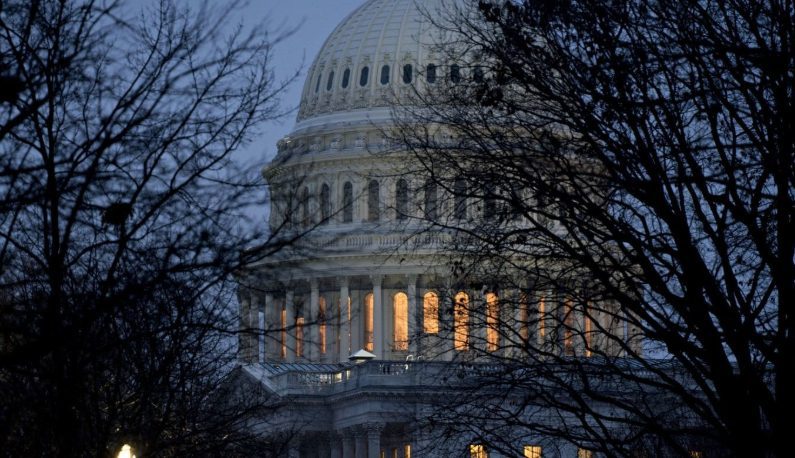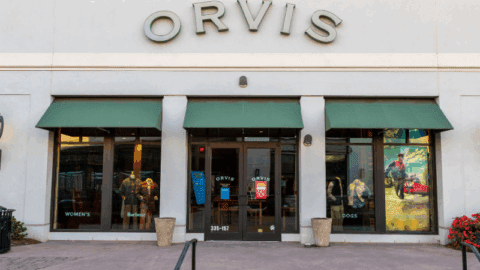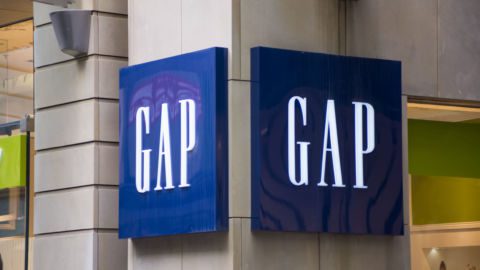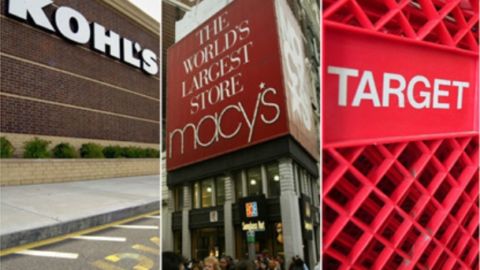Retail got hit with a rough — albeit controversial — dose of news indicating that many merchants didn’t have a jolly holiday season after all. Overall retail sales fell 1.2% in December, marking the industry’s biggest monthly drop since September 2009, according to the U.S. Commerce Department. The department also said, excluding gasoline station sales, retail sales fell 0.9% in December.Economists polled by Reuters had forecast that retail sales would increase 0.2% during the month.
The December retail sales report was delayed by the 35-day partial shutdown of the federal government that ended on Jan. 25. Additionally, retail industry analysts are questioning whether the shutdown affected the completeness of the government’s data gathering, which could have skewed the numbers downward. No date has been set for the release of the January retail sales report.
“Despite broad expectations that the 2018 holiday season was going to ignite retail sales growth, instead the Grinch stole Christmas,” said Mickey Chadha, VP and Retail Analyst at Moody’s in commentary provided to Retail TouchPoints. “We believe the disappointing results were most likely triggered by the sharp equity market losses, interest rate uncertainties and the looming government shutdown, which spooked consumers. While January sales may also be soft due to the government shutdown, we view the December slowdown as an outlier, not a trend.”
December’s dip might also be a result of shoppers exhausting their holiday spending budgets in November, tempted by Thanksgiving/Black Friday weekend deals that actually began earlier in the month. Consumers may have gotten fatigued by December, according to Natalie Kotlyar, Retail and Consumer Products Practice Leader at BDO.
“Most promotions and discounts were offered for a week or more before Black Friday, so the promotional period was significantly longer than it has been in years past,” Kotlyar said in an interview with Retail TouchPoints.
Analysts, Economists Argue That Sales Numbers Don’t Reflect True Spending
While economic and political headwinds, such as rising U.S.-China trade tensions and fears of a possible recession, might have dampened upbeat consumer confidence (and with it holiday spending), analysts and economists alike are questioning whether the government shutdown created inaccuracies in data collection and quality. The Commerce Department’s Census Bureau did admit that the shutdown delayed its data collection measures, but noted that data quality was “monitored throughout and response rates were at or above normal levels.”
One contentious data point was the paltry 3.1% non-store (e-Commerce) retail sales growth during December, which falls well below the growth total for this sector listed by NRF (11.5%) for both November and December.
NRF released a rebuttal to the Commerce Department report, indicating that 2018 holiday retail sales grew 2.9%. While this was still significantly lower than the expected 4.8% increase, it was well ahead of the 1.2% reported by the Commerce Department. The trade association still maintains its forecast that 2019 retail sales will increase between 3.8% and 4.4%, to reach more than $3.8 trillion.
“Today’s numbers are truly a surprise and in contradiction to the consumer spending trends we were seeing, especially after such strong October and November spending,” NRF Chief Economist Jack Kleinhenz said in a statement. “The combination of financial market volatility, the government shutdown and trade tensions created a trifecta of anxiety and uncertainty impacting spending and might also have misaligned the seasonal adjustment factors used in reporting data. This is an incomplete story and we will be in a better position to judge the reliability of the results when the government revises its 2018 data in the coming months.”
Amid Bankruptcies And Store Closures, Retailers Must Prepare For Possible Market Correction
Even if this month’s data turns out to be an anomaly, retailers still have realistic concerns to address, especially considering the sales growth miss that has been reported by NRF. In the past few months, the industry has still seen its fair share of bankruptcies, from Sears to Shopko, indicating that numerous companies are still struggling to adapt to changing customer preferences.
On top of the bankruptcies, a recent report from Coresight Research described the 2019 outlook for store closures as “no light at the end of the tunnel.” Retailers have already announced 2,187 new store closures since Jan. 1, a 23% jump from the number of announcements documented at the same time last year, according to Coresight.
Even amid economic uncertainty, most retailers haven’t quite prepared themselves for a downturn —only 44% of retailers are actively planning for a market correction, according to a survey from BDO. What worked to keep businesses afloat in 2018 may not be enough if that correction hits, and retailers that are just breaking even could find themselves in trouble.
“There’s still a need for store rationalization…for retailers to view their suite of stores and ensure that it’s at the appropriate level for their business operations,” Kotlyar said. “That’s one of the reasons we are seeing a lot of these bankruptcies. Many of them file for Chapter 11 and then come back out with a plan, but we’re seeing some retailers that had plans that weren’t good enough the first time, and they’re going into bankruptcy again. It seems as if retail is in some level of flux.”













